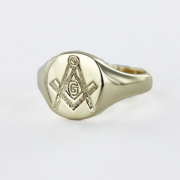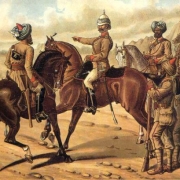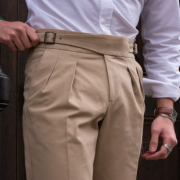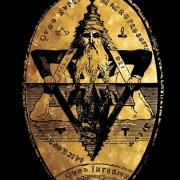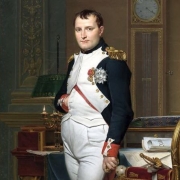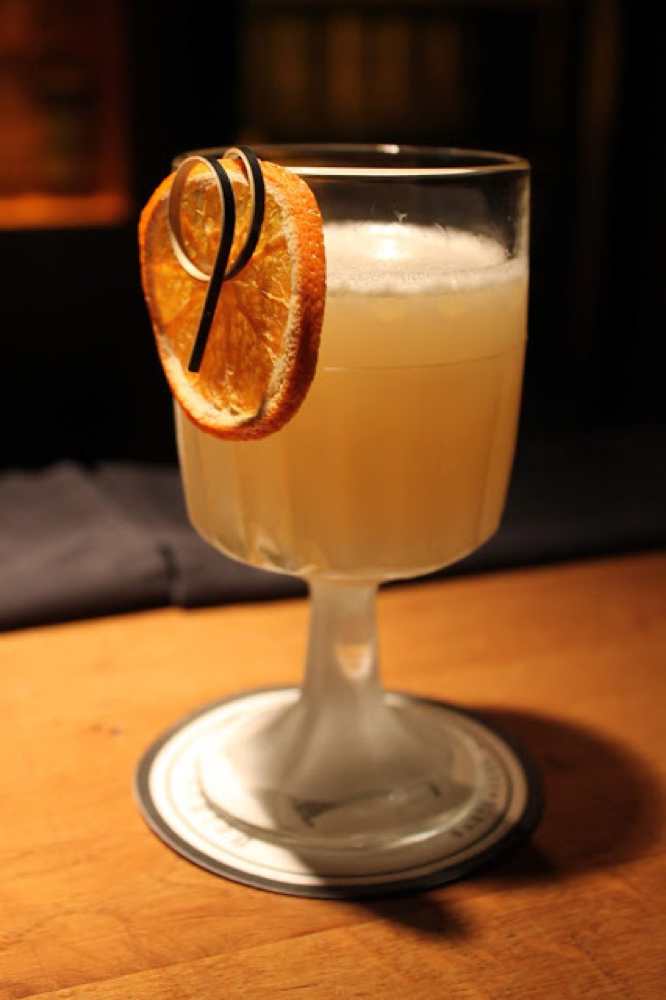The Regimental or Striped Tie
Also called rep tie or club tie. 
The well-known British 'regimental tie' has the stripes at an angle from high left, but down right. As they say over the pond: 'from the heart'. It is also the direction of the British and international military salute. So it originated at the turn of the 20th century. More specifically, 'from heart to sword', as a nod to the origins of combat, war. For those who still wonder where the word 'Regimental' comes from? The colours and patterns of the ties and ribbons have been derived from uniforms, flags and coats of arms since the First World War. And thus also regiments. The regimental tie is also known as the 'club tie'. In this way, the wearer communicates his membership of a gentleman's club.
Royal influence
At the beginning of the 20th century, the Prince of Wales, before briefly becoming King, visited America on an official state visit.
Without realising it himself, he changed the customs of how and by whom the striped ties were worn.
Like many veterans, he wore his regimental tie, striped blue and red from the Grenadier Guards.
The Americans, fascinated by his style and dress, were particularly fascinated by that tie, which was then much discussed in the press.
in the press. After his visit, they became immensely popular.
The Democratisation of an Icon
Brooks Brothers thought that this style should be available to everyone. To Americanise it, as it were.
They took away the meaning of the tie by making the stripes the opposite way round: Namely from right to left!
This act of fashion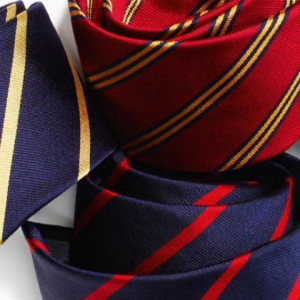
Since then, the striped tie has been the favourite of everyone from the US President to pop stars.
The fans are as diverse as the variations of the tie itself. Ranging from the military, to businessmen, to the famous Ivy-League universities.
Hence, American ties are in the opposite direction. A slightly more playful explanation is that the English ties follow the direction of the face, while the American ones point to the crotch.
After schools and 'social clubs' followed this trend, the look also became very fashionable and popular among ordinary citizens. Wearing accessories in certain colours became a way of exuding social status. In this way, this beautiful classic was also introduced into the sartorial world, without being in conflict with certain traditions.
Many brands, ranging from Brooks Brothers to Ralph Laurendiscovered a certain sophistication and elegance that goes with the striped tie. It is now a classic in the American wardrobe among prepsters and classic style seekers.
Das-Etiquette
So both the colours of the stripes and the direction may have a meaning. Membership of a military regiment, an exclusive club, or a prestigious university such as Oxford, Cambridge or Harvard. It provides a clear identity for these groups. It must be said that it is not appreciated if you wear a tie with meaning and you are not or were not a member of this group. You have no right to it and some people even take offence.
Raphaël van den Poel, former fashion consultant of Scapa, Reinhard Frans and Atelier NA tailored suits,
writes our weekly blog on gentleman matters. He writes for MYX Magazine, a Flemish luxury lifestyle platform.
He also has his own blog which you can read here: http://belgiandandy.blogspot.com

Raphaël van den Poel The Belgian Dandy


